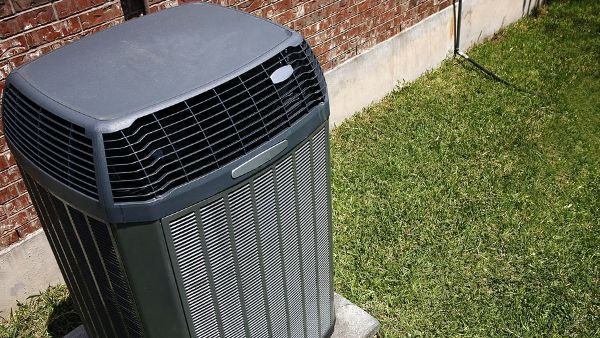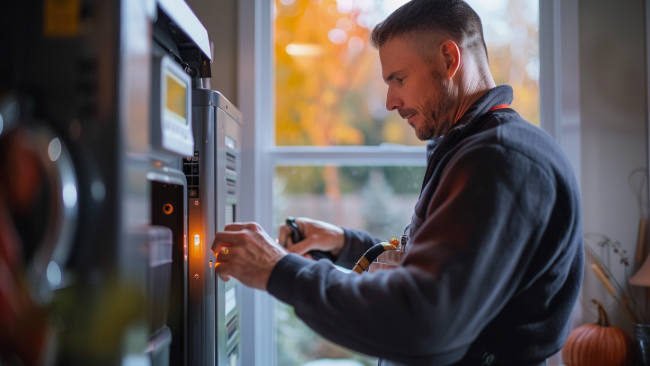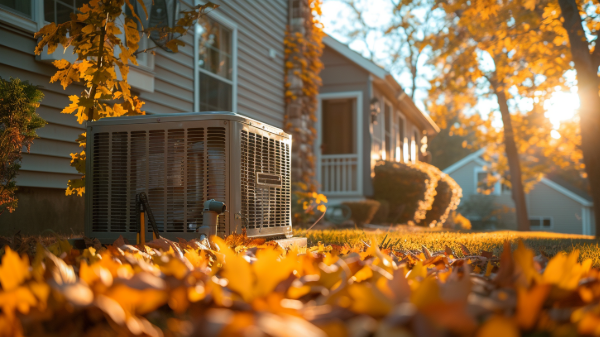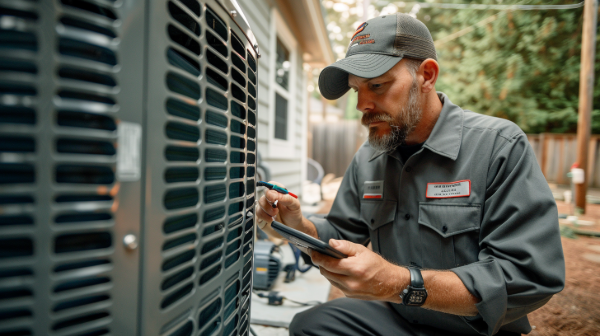How Does an Air Conditioner Work?
How Air Conditioners Work
You may only think of the inner workings of your air conditioning system when some parts of it stop working. However, learning how it is that your air gets “conditioned” is both interesting and potentially useful. If you’re anticipating a visit from an HVAC contractor in Santa Rosa, keep reading to discover the basic of what your AC pro will be evaluating and troubleshooting.
Essential Elements Your HVAC Contractor Will Check
The logical place to start a survey of your air conditioning system is by identifying the main components. The most important elements that an AC servicing inspection will consider are the following:
- This is the liquid that circulates within the coils, changing into a warmer gas and transferring heat from inside to outside.
- This part consists of aluminum or copper pipes or coils that contain the refrigerant.
- This external part of the system re-compresses the gaseous form of the refrigerant.
- This a heat exchanger, like the evaporator, except in the opposite direction.
- Expansion valve. This valve regulates the flow of compressed liquid from the compressor, which is flowing back toward the evaporator.
- The Thermostat. This control unit on your wall is the most familiar part of your HVAC system.
WHAT THE PARTS DO
Now that you know the important terminology, what do all these things actually do to help cool your home? Knowing the roles these parts play in the air conditioning cycle will help you understand what’s going on when you have your system serviced.
As mentioned earlier, the equipment you will be most familiar with is your thermostat. The thermostat is like the “supervisor” of your HVAC system, keeping an eye on what’s happening and issuing orders when it’s time to get to work.
The evaporator does what its name implies; it evaporates the refrigerant liquid contained in its pipes into a gas that will then be moved outside the space being cooled. The evaporator typically has metal "fins" wrapped around its tubes. These fins give more surface area for the air to move over, enhancing heat transfer.
The compressor puts the gas form of the refrigerant under pressure and turns it into a liquid that is sent indoors to be circulated through the evaporator. This is the part of the process that begins cooling the interior space. In most systems, the condenser is contained in the external unit.
Another external component is the condenser, which is built of similar materials to the evaporator but reverses the process done by the evaporator, collecting liquid refrigerant from the compressor in preparation for sending it back inside again.
The expansion valve is a crucial link between the two sides of the system. The refrigerant flowing through this valve expands, cools, and reaches the lower pressure it must have before re-entering the evaporator.
THE COOLING CYCLE EXPLAINED
Although this may seem like an intimidating list of components, during the cooling cycle they work together in a seamless and simple way. First, the thermostat detects that there is a difference between the temperature you selected and the actual room temperature, triggering the system to start up.
At this point, you’ll likely hear your external unit engage, as the compressor and condenser get to work preparing liquid refrigerant to be pushed inside through the expansion valve. You will notice air start blowing through your vents just a brief moment after the external unit starts.
Inside your space, warm air enters the AC unit through the intake and is drawn over the evaporator coils inside the internal unit. Pulling this warm air through the cool evaporator causes the air to be cooled while the liquid inside the evaporator is turned into a gas.
The gas produced by evaporation is discharged through the compressor to the part of the AC system that is outside the space. This ejection of the warm gas is what leaves the air inside the space cooler.
The warm gas then arrives at the condensing unit outside. Here it is re-compressed into cool liquid, which is transformed into a cooler, lower-pressure version that can be circulated back into the evaporator inside the house. In other words, the cycle ends where it began and continues until the interior space reaches the desired temperature.
Keep Your System Working with Help from an HVAC Contractor in Santa Rosa
As you can see, cooling your home with modern HVAC equipment depends on a few simple principles combined with a lot of ingeniously designed equipment. To keep your air conditioner’s essential parts functioning as they were intended to, contact the experts Next Level HVAC.









